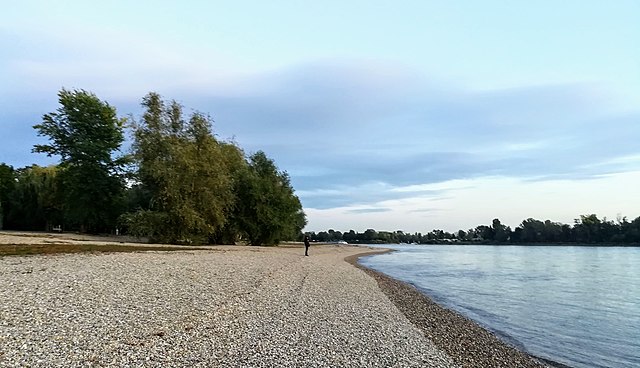COMMENT: It’s barely summer, yet vast parts of the country are baking in another heatwave.
Yes, this was to be expected from the El Nino phenomenon that is affecting global temperatures and rainfall patterns this year. For the last few years southern temperatures were milder, and our rainfall more prolific, thanks to El Nino’s alternative, its little sister La Nina.
Global warming
Yes, our weather – here and elsewhere on the planet – is being affected by global warming. And if you’re still one of the Luddites who thinks it’s all a capitalist conspiracy theory you are, quite simply, being daft.
So we have the combined effects of a rapidly warming planet thanks to climate change, coupled to the effects of the usual oscillations of El Nino and La Nina.
Extreme weather effects
We have seen the effects of extremely hot weather elsewhere: runaway forest fires, droughts, deaths of livestock and people. And, perhaps the most disruptive of all, mass migration from poverty-stricken, overheating underdeveloped regions to cooler, more prosperous northern countries, for example, Northern Europe and North America.
Climate changes have been going on around us for a while – since forever, in fact. Year by year single, often regional events have been recorded, and reported on.
But more recently, wild fires have increased in number size and ferocity. Temperatures have increased. Polar icecaps and glaciers are melting, droughts are occurring in areas of previous lushness. Lakes and rivers are drying up.
Lakes drying up
South America’s iconic Lake Titicaca has shrunk dramatically, stranding communities who have hitherto survived for generations on its shores. Lake Baikal, likewise, has all but dried up.

The size of ships transiting the Panama Canal has been restricted because the lake that feeds the locks with water necessary to allow deep-draught ships to pass has dropped dramatically, meaning less water to fill the locks.
And for the first time in memory the upper reaches of the River Rhine became un-navigable by all but the smallest, shallowest barges.
Human consciousness
But the human consciousness is a wonderfully forgiving thing. Although we may have been aware of many, or even all, of these changes we have simply registered them, and tucked them away in our memories. After all, many have had no bearing on our lives in the southern hemisphere. And if they have we have simply reacted by installing another rainwater tank or turning up the airconditioning a notch. It’s the human manifestation of the frog-in-a-pot story. Place a frog in a pot of water, and heat the water gradually. The frog won’t jump out to escape the heat. It will, in time, simply boil itself to death.
Effects of heatwaves in South Africa
But now, dry sunny day after dry sunny day, heatwave after heatwave, it’s really starting to affect us. Our livestock is dying, of hunger, heat and drought. And, increasingly, our elderly, the infirm, the poor are dying of heat-related ailments. As are workers in outdoor occupations such as agriculture, and infrastructure maintenance, construction, etc.
Change our work hours
We as agricultural employers are going to need to change the way our workers work. It’s not for nothing that shops and businesses in hot Mediterranean countries (and elsewhere) close up during the hottest hours of the day, and re-open for business until up to 10pm when it has cooled.
It’s called “Siesta”. Everybody goes home, has lunch, and then a prolonged nap.
We are going to need something similar if our workers are to survive heatwaves in South Africa.
Click here for other information about climate and weather.
Main image: The temperature at 6pm in Seville, Spain, on 23 June 2022. Zarateman courtesy Wikimedia Commons

